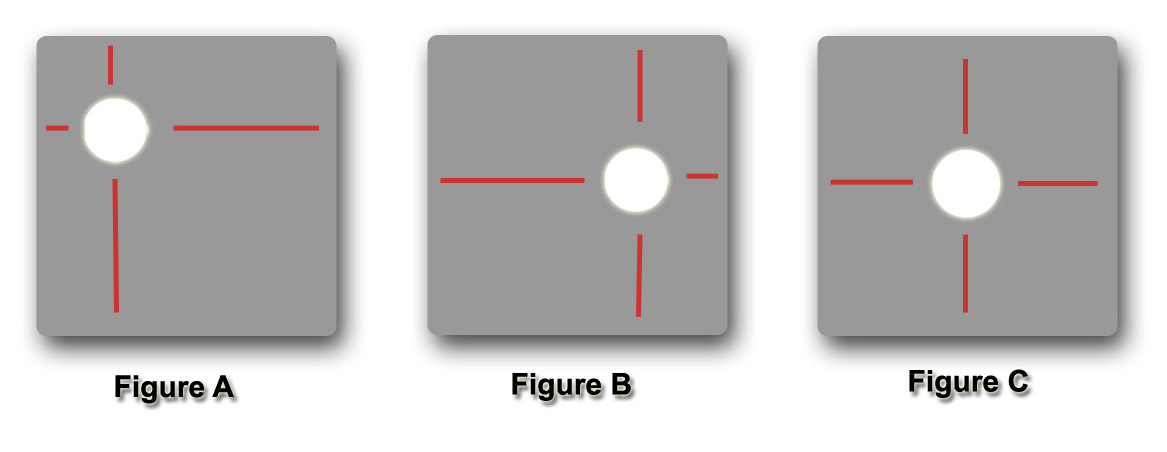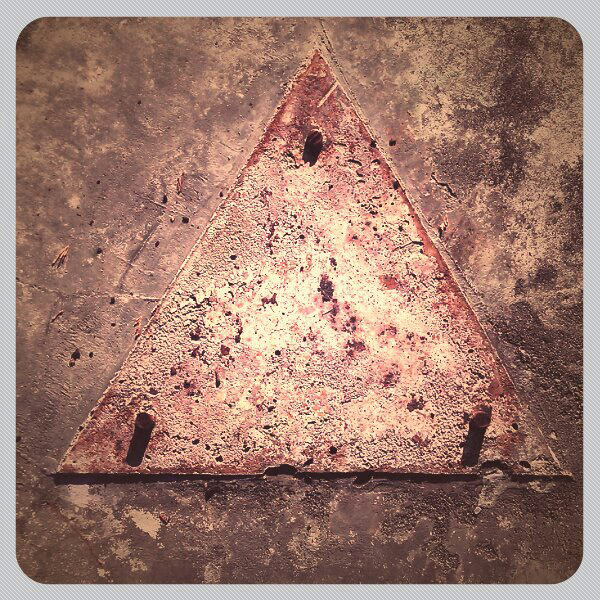Jan
30
2012
I picked up a pair of relief prints reciently from an antique shop and was hoping that I could identify the artist who created them but at this point I haven’t even figured out the letters that make up the signature. I guess I need to give up my dream of being a hand writing expert, if that were my dream, which it isn’t.


If you think you might know who’s signature it is I would love to hear from you , just send me a comment.
no comments | tags: prints | posted in Art observations
Jan
24
2012
It becomes a bit more difficult to find subject matter during that time of year when everything is brown and drab. But rather than giving up or fruitlessly looking for what isn’t there I think you should embrace the winterlude and look to new subjects. Your images may not be as pretty but they could be as good. Where in the spring you might take a grand sweeping landscape shot now maybe you notice that one last leaf hanging on, or maybe you can take a moment longer on a composition. Some subjects such as industrial and city shots might better suit the winter or evoke a different feeling that you could not get on a bright spring day. In fact the extra challenge of finding subjects can help to make you a better photographer. I’m looking forward to taking some photographs in the snow but I’m not waiting for it. Of course this isn’t the same across the globe and I feel fortunate to have distinct seasons even if it can be cold sometimes.
UPDATE : Sometimes I write something and it gets pushed back for some reason and that’s the case here. Since I wrote this post it has most definitely snowed and is now melting.
no comments | tags: film, Photography, winter, Yashica | posted in Composition, Photography
Jan
22
2012
Almost every piece of information that can be digitized is, however there are still a few things where nothing beats an analogue gauge for providing information. Not only do they convey the immediate value but also the sense of where that value fits within all the other possible amounts. What does this have to do with an art blog? Nothing I just like the way they look.
1 comment | tags: cell phone, gages, Photography | posted in Photography
Jan
20
2012
A flock of prints. I’ve finished printing and just need to number and sign them.


no comments | tags: print, relief | posted in Drawings
Jan
19
2012

So I’ve managed to post 1000 cell phone pictures to Mytubo in the last 4 months. It’s been an interesting exercise made all the more fun through some friendly ribbing back in forth with Duncan Turner of DLT photographic. I’m slightly disillusioned at the same time I’ve been enlightened. In general people like pretty pictures and don’t like to be challenged. You need to visually slap people upside the head with a kitten to get attention. I’m not just lamenting the fact that some of my better images go unnoticed while formulaic pleasant ones get lots of likes and often become hot pics it’s the same for everyone. I have a better understanding of how my images are viewed and understood or misunderstood.
I think as a painter I create a lot of images that are really about the masses of colour and division of the image plane but most people there expect photographs to be about something making these images appeal to a much smaller audience. I do now have a large library of cell phone pictures all composed for the square which will fit together nicely in a mosaic. I’m not done either I may even pick up the pace.
1 comment | tags: cell phone, Photography | posted in Cameras, Photography
Jan
16
2012
Not to be confused with shooting a Red Rider BB gun. When you use a lot of older rangefinder cameras they do seem to meld into one after awhile. After all the form did not change in any great amount for decades and they were manufactured by many more camera companies than exist today. So it’s difficult to really see something that makes one stand out from the pack, you may be thinking OK what makes this one stand out Wallace, and the answer is nothing particularly. Produced in 1959 It has a 48mm f 2.8 lens certainly not the fastest, and a selenium cell metering system that is not coupled. The aperture, shutter and focus are all nicely built with smooth precise movements. Even the film advance has a wonderful ratcheting sound that reinforced the quality of the camera. So while it doesn’t stand out from the pack it certainly is nicely built and operates accordingly 

These sample shots were done on a wet overcast day using Kodak Ektar 100 I’ve played around with the colour extensively which is possible with the amount of raw information recorded with that film. It really produces scans that can be manipulated much like a digital capture. Update I almost forgot to mention this roll of film was saved after the film leader was sucked back inside by my Fuji DL500 which is another story altogether. Thanks Duncan from Lens and Shutter for pulling the end back out without anyone having to resort to inserting wet film to grab it.
1 comment | tags: Cameras, film, Mamiya, rangefinder | posted in Cameras, Photography
Jan
11
2012
Not every image can and should be composed by “rules” but awareness of the underlying reasons can aid in understanding how to use them to create images that say what you intended. When composing within a square format things are slightly different than the more familiar rectangle. The image edge is even more important and in reality is part of the overall picture. What I mean by this is that the placement of the focal point is more strongly felt in a square image than a rectangle as the distance between the focal point and any one edge is easily visualized. So the balance of an image within the frame is more quickly discernible by the viewer even if only subconsciously.

Looking at figure A it is clear that the circle, which for this illustration represents our focal point, is in a dynamic position with greater tension between the left and top edge verses the bottom and right edge.
Figure B is also unbalanced but to a lesser degree as the tension is primarily between the left and right edge of the frame.
In the final illustration Figure C you can see that the image is balanced and the competing tensions are neutralized.
When composing for rectangles we often try to avoid placing the focal point at the center of the image. With rectangles there never is truly complete balance as there is always a difference between the distances from top to bottom or left to right. The result of this is usually a very static and boring image.
Here are four examples of images shot with my cell phone that illustrate the point of balance between the subject and the frame.




You can also see that in the latter two images I have divided the image plane separately from the focal point adding to the interest of the images while keeping the focal point balanced.
More often than not this will still not produce the most dynamic composition but thinking about the picture edge and it’s effect on the image will help you create better compositions.
Don’t be afraid to break out of the box

2 comments | tags: composition, Square | posted in Composition, Photography
Jan
10
2012
I wanted to show a simple example of how powerful a point of high contrast can be in a composition. Despite the small size of the light coloured branch it’s contrast against the darker tree pulls the eye to it. In this case it is not the intended center of interest and it therefore detracts from the image. While it is no longer strictly a photograph but also a manipulated image it is a better and simpler composition. So would we say the same thing if I had done the pruning then and there as opposed to digitally? That I will leave to you to decide.

no comments | tags: composition, Photography | posted in Composition, Photography




































